






























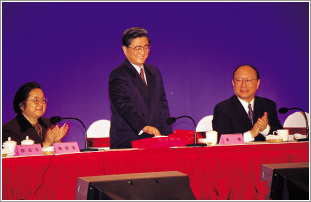
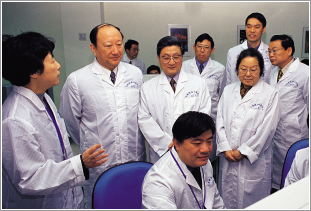
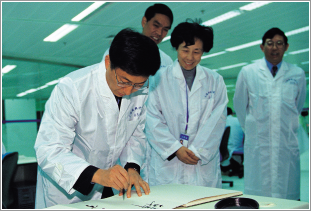
Dec.28.2000 Shanghai Supercomputer Center was founded and officially opened to the public. The Shenwei-I supercomputer was put into the service, which was the fastest commercial supercomputer in China at that time with a peak performance of 384GFlops. Shanghai Supercomputer Center became the first high performance computing public service platform opened to the whole society in China.
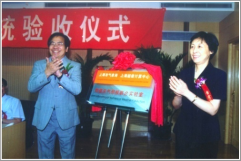
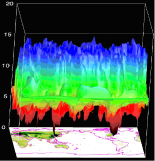
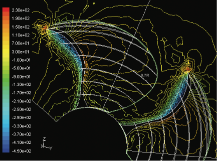
Jun.28.2001 "SMS (Shanghai Meteorological Service)-SSC (Shanghai Supercomputer Center) Numerical Weather Forecast Joint Laboratory" was established. Yan Junqi, vice mayor of Shanghai, and Yan Hong, vice director of China Meteorological Administration, attended the opening ceremony. Since then, SSC has begun to serve public utilities such as meteorology, water conservancy, environmental monitoring, etc.
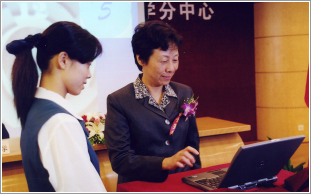
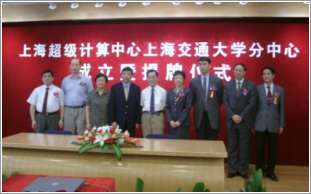
Jul.10.2002 The first branch of SSC was established: the sub-center at Shanghai Jiao Tong University. Shanghai Vice Mayor Yan Junqi attended the ceremony and launched the first scientific research project. As of 2020, Shanghai Supercomputer Center has established a total of 17 sub-centers.
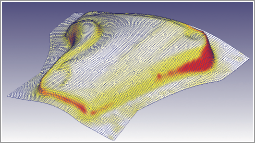
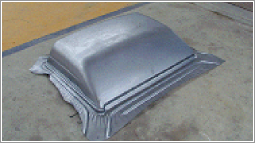
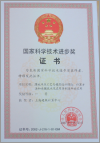
Jan.31.2003 The project “Thin Sheet Stamping Process and Die Design Theory, Calculation Method, Key Technology and Application in Car Body Manufacturing”, participated in by Shanghai Supercomputer Center, won the first prize of “National Science and Technology Progress Award”. Since then, Shanghai Supercomputing Center has won the National or Shanghai Science and Technology Progress Awards over 10 times.
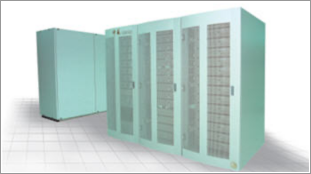






Jun.20.2003 The “Shenwei” New Century-64P computer cluster was on line for service in Shanghai Supercomputer Center. It is the first general-purpose computer cluster system deployed in Shanghai Supercomputer Center, and served the industrial engineering fields such as automobile design, large-scale civil engineering, aerospace, shipbuilding, etc.
Nov.15.2004 The Dawning 4000A system with a peak performance of 10TFlops was officially put into operation at SSC. This system was ranked No.10 in the TOP500 list of global supercomputers in June 2004, and became the fastest commercial supercomputer in China. China has become the third country which has the capability of developing and applying 10TFlops supercomputer after the United States and Japan.
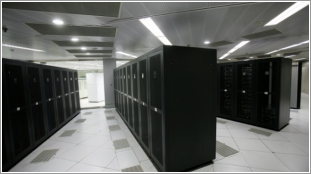
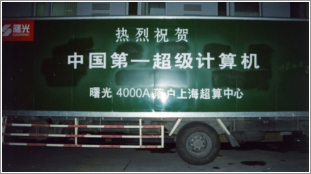
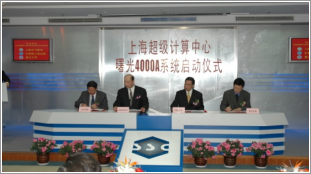
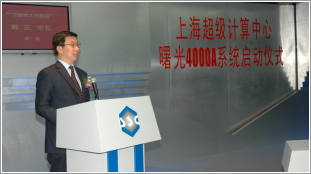
Aug.18.2005 Shanghai Supercomputer Center was listed as "Main Node of China National Grid". The China National Grid, supported by the National High Technology Research and Development Program ("863" Program) of China, is designed to effectively support applications on scientific research, advanced manufacturing, and information services by resource sharing, collaborating, and service mechanisms.
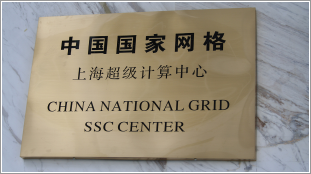
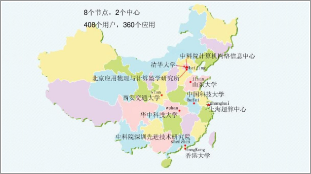
Sep.14-16.2005 Shanghai Supercomputer Center hosted the “High Performance Computing Strategy Symposium”. 14 academicians of Chinese Academy of Sciences and 3 academicians of Chinese Academy of Engineering participated in the meeting to discuss the “Opportunities and Challenges” in the development of high performance computing.
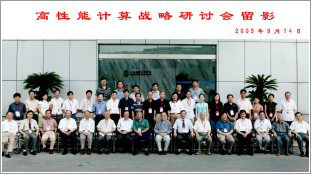








Oct.25-26.2005 The "2005 High Performance Computing Application Conference" was held at Shanghai Supercomputer Center. Experts from well-known supercomputing centers in the United States, South Korea, Canada and Finland were invited to the conference. Since then, Shanghai Supercomputer Center has begun to conduct extensive exchanges with foreign counterparts.
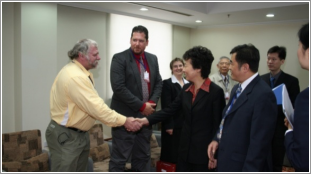
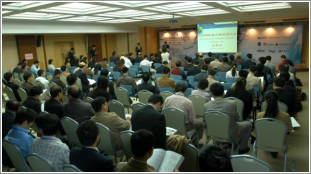
Apr.2007 The Science and Engineering Computing Department of Shanghai Supercomputer Center was awarded the "National May 1 Labor Award" by All-China Federation of Trade Unions and the "2004-2006 Shanghai Model Worker Collective Title" awarded by Shanghai Municipal People's Government. During the past two decades, Shanghai Supercomputer Center has won many national, provincial and ministerial honors.
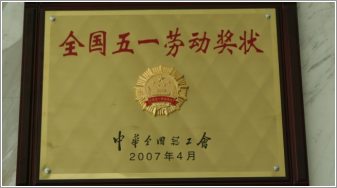
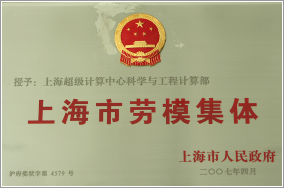
Jul.17.2008 Shanghai Supercomputer Center and AMD set up the “AMD-SSC Joint Technology Laboratory”. By cooperating with first-line hardware/software manufacturers, SSC improves its technical experience in CPU evaluation, co-processor application, and parallel software optimization.
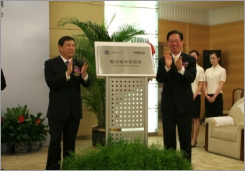
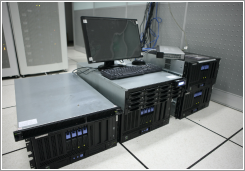
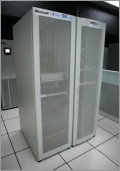
Feb.27.2009 The project "Super Large Diameter and Super Long Distance Tunnel Shield Propulsion Technology" (Hu-Chong-Su Tunnel and Bridge Project), participated in by Shanghai Supercomputer Center, won the first prize of "Shanghai Science and Technology Progress Award". Over the years, Shanghai Supercomputer Center has provided numerous technical support for many large-scale civil engineering projects to make engineering construction safer and more efficient.
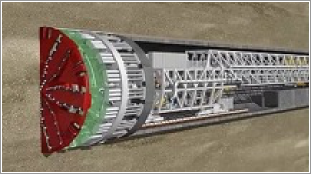
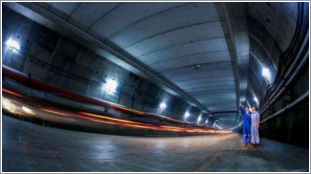
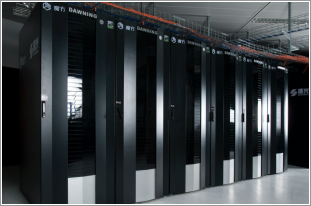
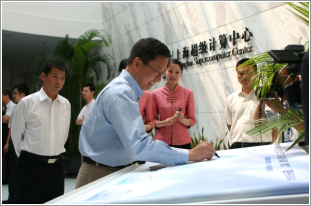
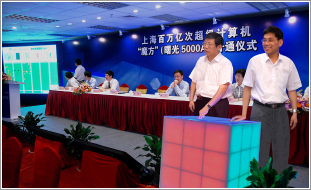
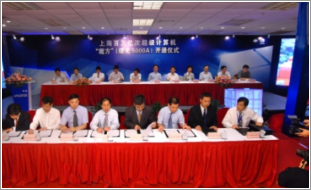
Jun.15.2009 The “Magic Cube” supercomputer with a max performance of 180.6TFlops was officially put into operation at SSC. This is the third upgrade of main supercomputing resource at SSC. In the TOP500 list of global supercomputers released in June 2009, the Magic Cube was ranked No.1 in Asia, which was the first time for China’s supercomputer, and No.10 in the world. The name of “Magic Cube” was selected from more than 4,000 candidate names through a nationwide call for names.

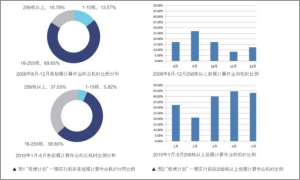
Dec.2009-May.2010 Based on the Magic Cube, Shanghai Supercomputer Center launched the "Scientific Application Doubling-Scale Activity", which not only significantly increased the proportion of CPU hours for large-scale scientific computing jobs but also accelerated high-level application research.


Sep.2010 Online computing platform-“Xfinity” V1.0 was officially released.
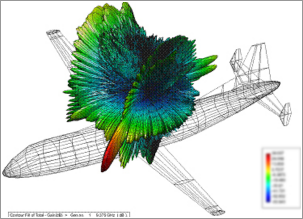
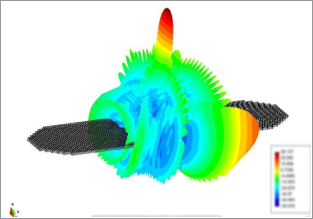
Feb.2011 The "Ultra-large-scale Parallel Electromagnetic Computing Joint Laboratory” completed the accurate calculation on the electromagnetic characteristics of a complete fine model of a communication antenna and a large phased array antenna at a China’s large aircraft. In 2010, Shanghai Supercomputer Center and Xidian University cooperated to establish a parallel large-scale electromagnetic fine simulation platform with the largest parallel scale of 2000 CPU cores, becoming the largest electromagnetic fine simulation platform successfully operated in China.
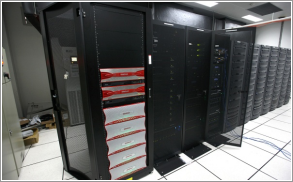






Jun.21.2012 Shanghai Supercomputer Center deployed an IBM computer cluster with a peak performance of 21TFlops, which is specified to serve industrial users. By users’ voting, the computer cluster was named "Hummingbird".
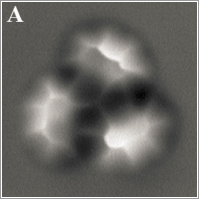
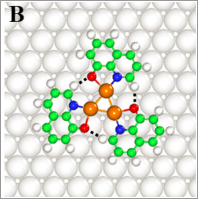
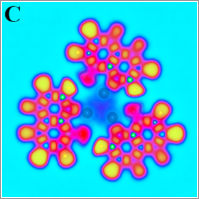
Sep.26.2013 The SSC user’s paper “Real-Space Identification of Intermolecular Bonding with Atomic Force Microscopy” was published in “Science”, one of the most important academic journals. So far, in “Nature” (another one of the most important academic journals) and “Science”, China’s first supercomputer platform supporting papers all acknowledged Shanghai Supercomputer Center.
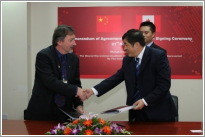
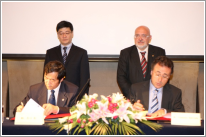
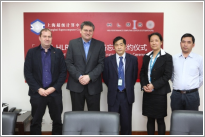
Apr.1.2014 Shanghai Supercomputer Center (SSC) and High-Performance Computing Center Stuttgart (HLRS) in Germany signed the “Memorandum of Understanding on Strategic Cooperation.” Before, SSC had reached strategic partnerships with SHARCNET (Shared Hierarchical Academic Research Computing Network, Canada) and BSC (Barcelona Supercomputing Center, Spain) in 2008 and 2010, respectively.
Jan.2016 The “Magic Cube II” supercomputer with a peak performance of 400TFlops was put into service. After the previous supercomputer “Magic Cube” had been retired in September 2015, SSC began to deploy the Magic Cube II. Only one month later, the Magic Cube II reached its full service capacity.
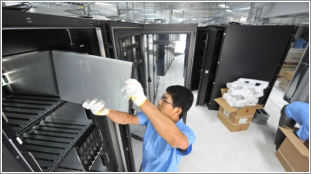

Apr.1.2016 Shanghai Big Data Alliance was established. By 2020, it has more than 700 institute members. Shanghai Supercomputing Center serves as the secretary-general member to promote the effective combination of industry, academia, research, and application institutes to help the development of the big data business.







Mar.21.2017 Shanghai Supercomputing Technology Co., Ltd. settled in Shanghai Lingang Software Park. Shanghai Supercomputing Technology Co., Ltd. was established in May 2016. It is a high-tech enterprise jointly invested by Shanghai Supercomputer Center and Dawning Information Industry Co., Ltd. It is also a market-oriented core carrier for Shanghai Supercomputer Center.
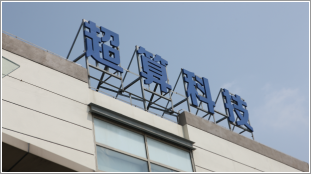
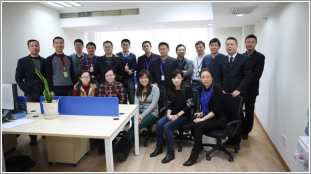
Oct.25-Nov.12.2018 Shanghai Supercomputer Center served Shanghai Yangtze River Delta Regional Air Quality Forecast Center with 115 computing nodes containing 2760 CPU cores, and strongly supported the regional air pollution joint prevention and control during China International Import Expo 2018.
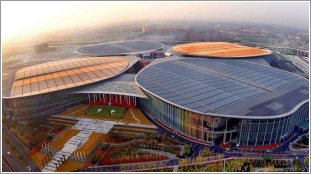
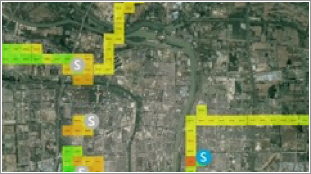
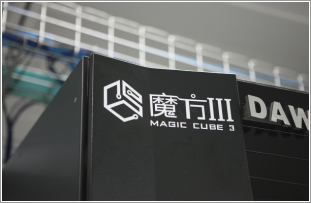
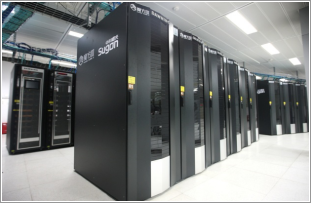
Jan.12.2020 The "Magic Cube III" supercomputer was officially on line to provide service. The total number of CPU cores in this machine is 35,840, and the peak performance is 3.3PFlops. The Magic Cube III is one of the fastest supercomputers with only-general-purpose CPU (Intel CPU) in China.

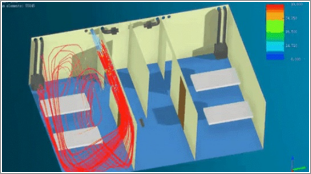
Jan.2020 Working together with other partners, Shanghai Supercomputer Center provided large-scale free computing resources for urgent virtual drug screening and molecular dynamics simulation for treatment and research of Coronavirus Disease 2019 (COVID-19). Also, SSC assisted Central-South Architectural Design Institute (CSADI) in the construction and design of Leishenshan Hospital which was built in two weeks to handle the massive number of COVID-19 patients.



